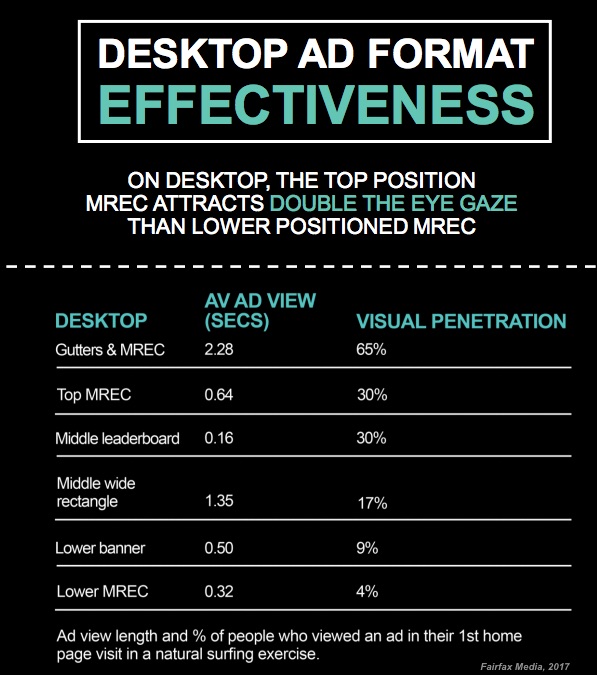
Why Marketers are Moving Towards a Mobile-First Strategy
Mobile devices are responsible for major changes in how consumers buy, research and ultimately view a product being advertised across a wide range of industries. We are in the middle of a specific digital transformation, which is an exponential growth of consumer activity on mobile devices and an extreme increase in mobile advertising. Life seemingly revolves around smartphones, which is why mobile-friendly websites have become so important.
Mobile devices have become the preferred method of accessing digital media. ComScore found mobile devices account for more than 60% of all digital minutes. To put it in perspective, the time spent on desktops has decreased by 20% in the past year alone. The reality is that mobile advertising must be a priority for a company to avoid stagnation or even failure.
Every day, businesses are encouraged to focus on a mobile-first strategy to stay successful within their industry and here’s why.
Thank Mobile Devices for Half of the Paid Search Clicks
Mobile has become a key role in the consumer’s journey specifically when researching and creating brand awareness. Mobile devices have become a leader in the number of paid search clicks. Acquisio found that year-over-year, paid search clicks have increased by 45% on mobile phones. This means that desktop clicks have decreased by 16% and in contrast, nearly half (48%) of clicks are now happening on mobile devices.
Befriend Social Media
Companies who fail to utilize and maximize their social presence on Facebook, Instagram, and other social platforms are subjecting themselves to a very small advertising box. When you compare the total U.S. ad spend in 2014 to 2018, the shift is very clear. An MDG study found that “brands are devoting 33 percent of ad spend to digital platforms—up from 25 percent in 2014 while television’s ad spend is decreasing this year.” Because mobile advertising is becoming the most popular and effective type of advertising, it takes engagement, shared content, and an appropriate strategy to be successful as a mobile ad platform.
Videos are the New Billboards
Video ads are the fastest-growing mobile category. Platforms like YouTube and Facebook are visible on mobile apps, emails, social sites and more. Mobile marketers can promote their ads on a pre-roll to capture the short attention span of the audience. This allows the user to watch the advertisement without making them feel pressured to purchase a product. Video advertising combines sound and motion to create connections between the buyer and the brand by evoking emotions. When it comes to social platforms, YouTube is on top. Forbes conducted a study and found that “73 percent of adults spend their screen time on the video-sharing site. Social networking giant Facebook ranks second, with 68 percent of consumers spending time on the platform.”Mobile users are viewing content more than ever, so logically they view more ads in the long run.
How can ON Advertising help?
There are many different ways to adhere to mobile-first advertising, which can be overwhelming and leave a little confused. Now is the time to work towards a mobile-first strategy. Not sure where to begin? We can help! ON has researched new and innovative ways to market, advertise and promote your business using a mobile-first strategy. Contact us to explore how mobile-first strategies can help your business grow.










